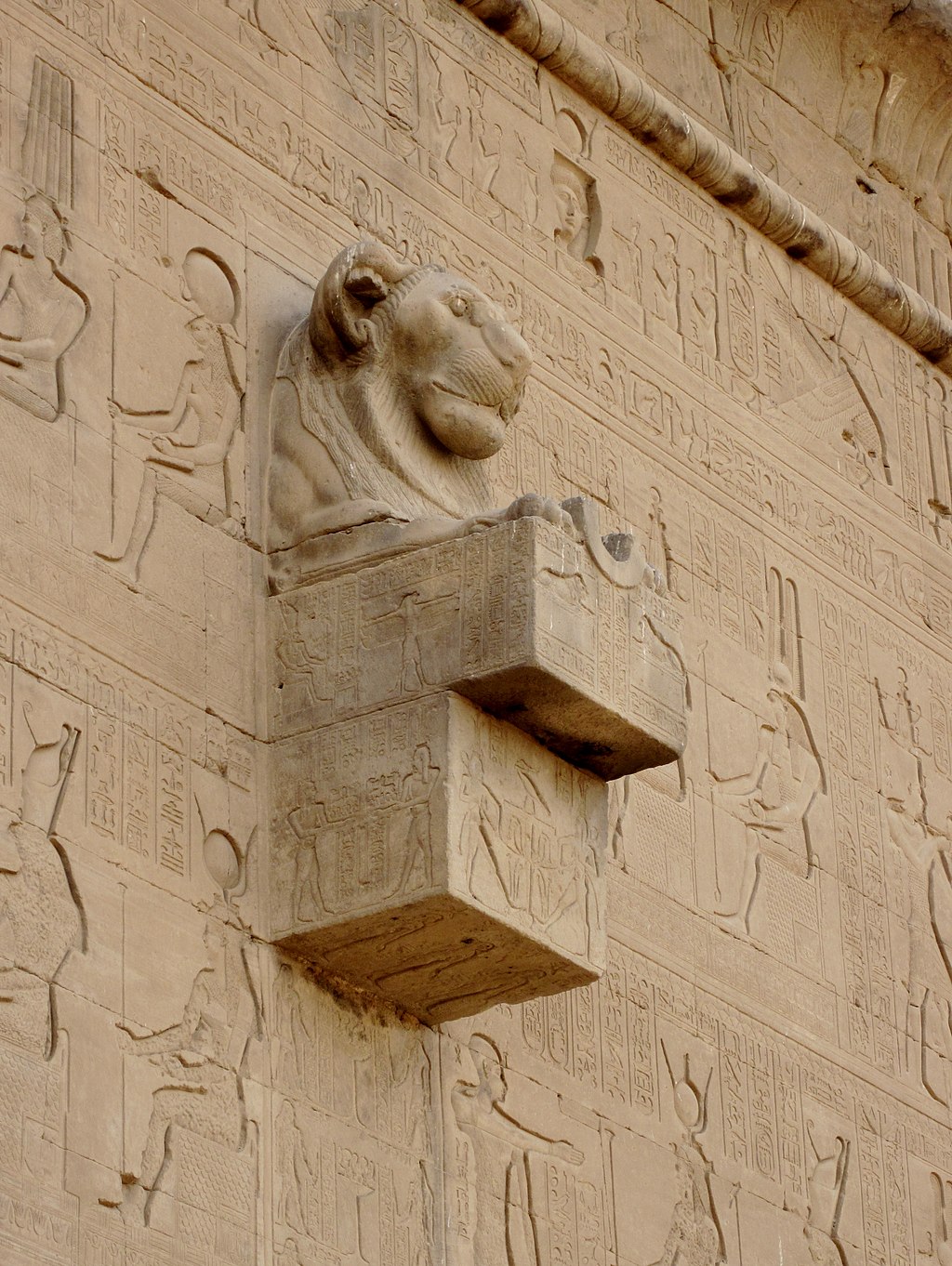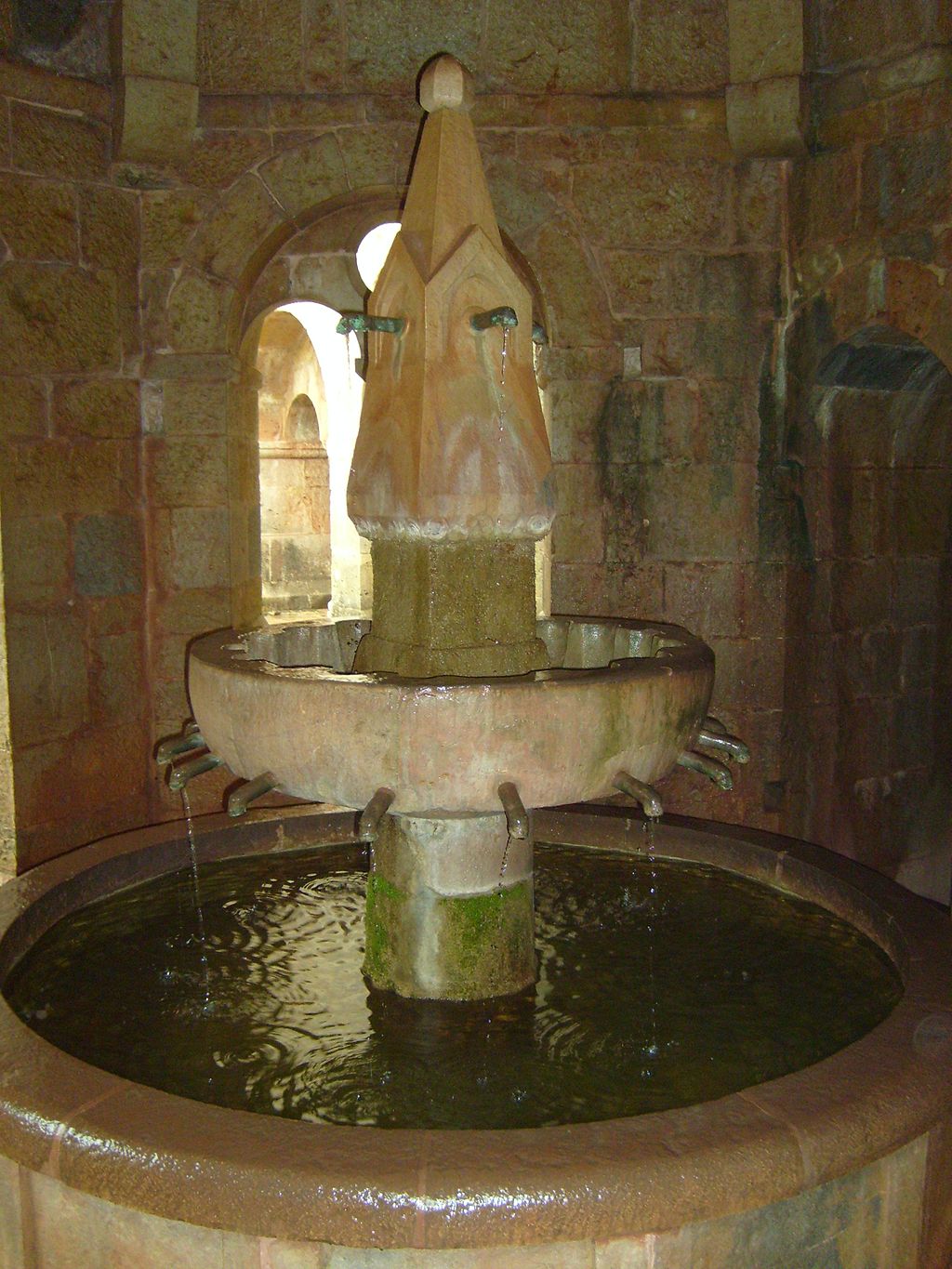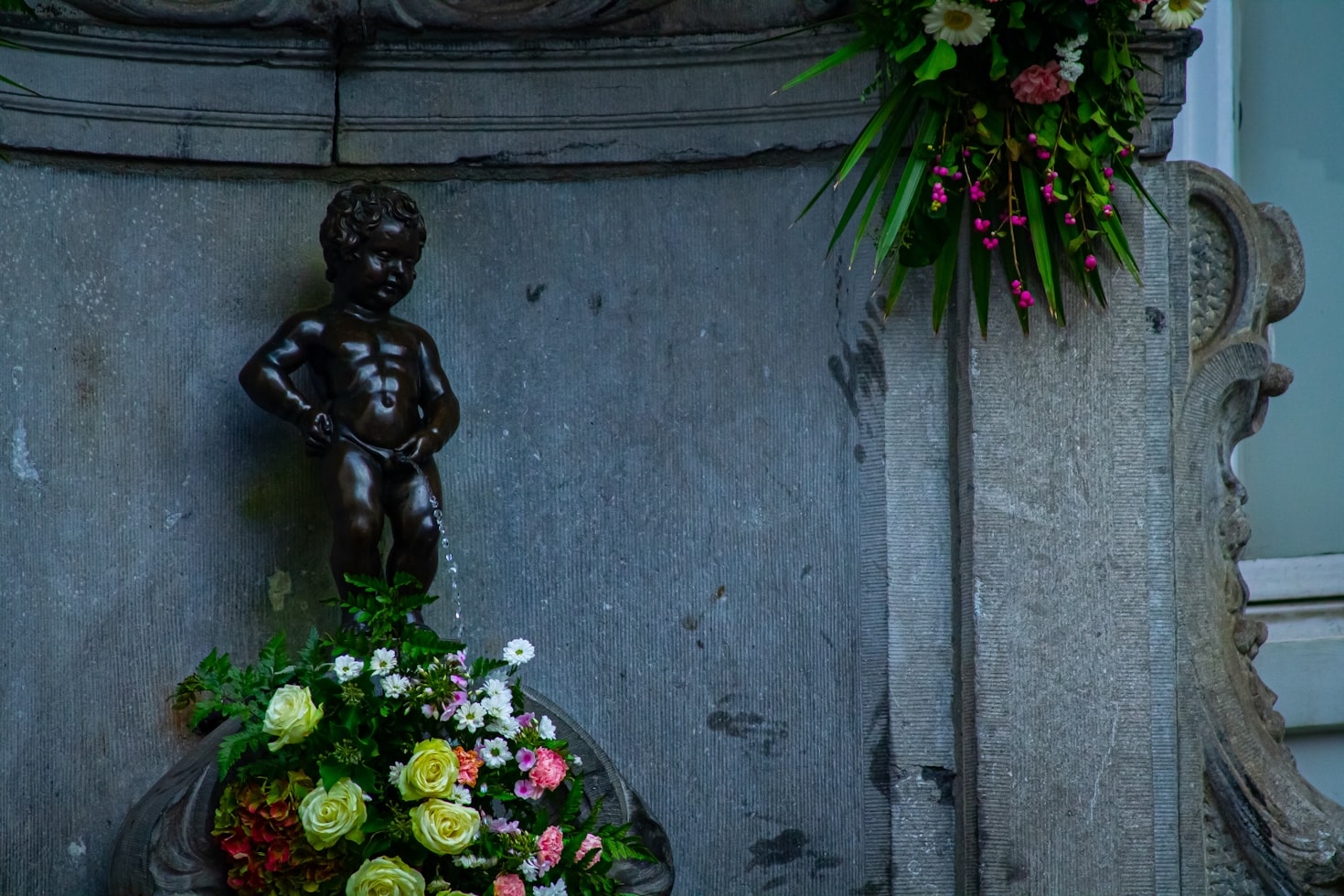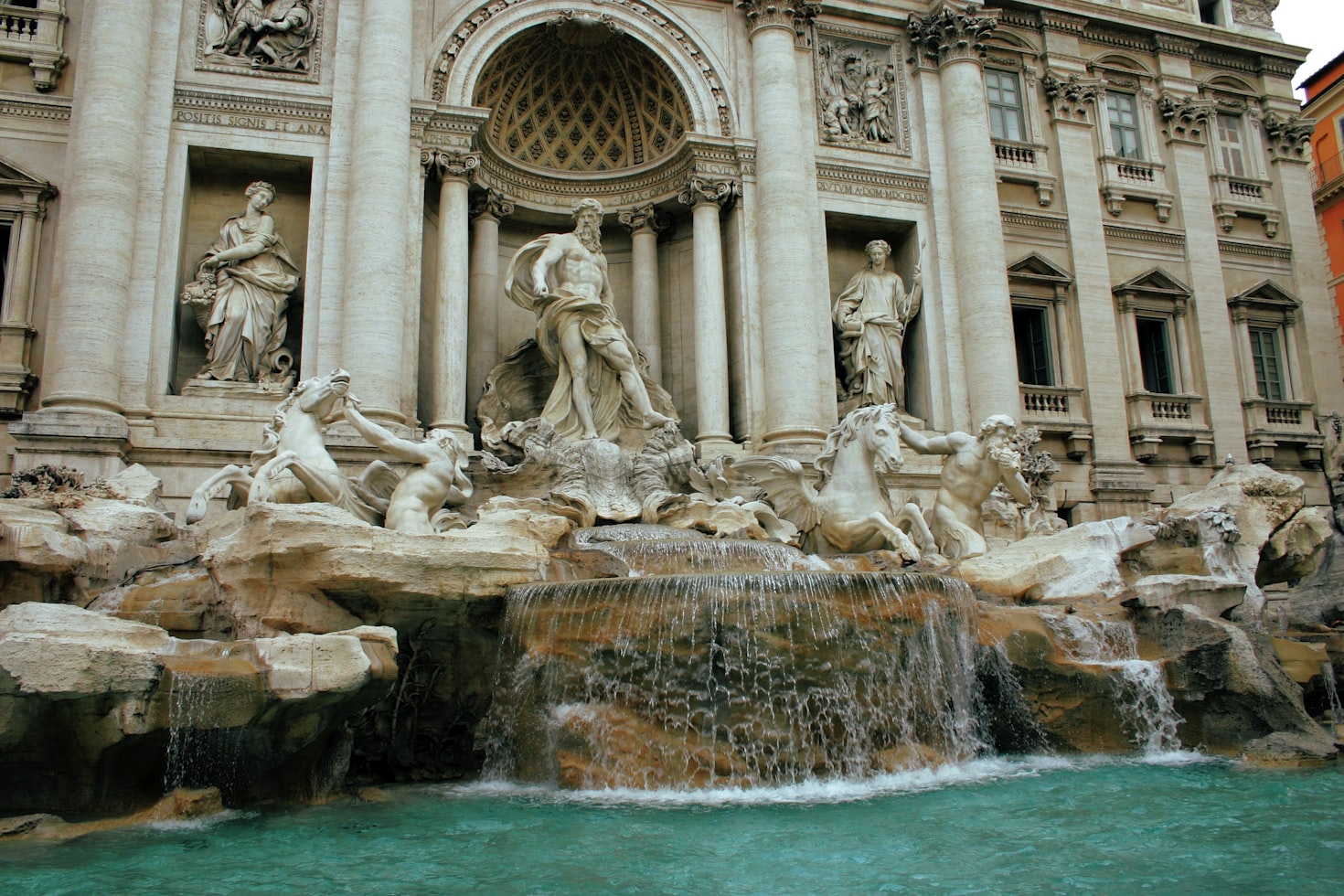INTRODUCTION
Fountains have been around for centuries, and they have evolved from simple sources of drinking water to works of art and architectural masterpieces. From the ancient Greeks and Romans to the Renaissance masters, Stone fountains have been used to beautify public spaces, celebrate important events, and even provide entertainment.
Ancient Origins of Fountains
Our fountain adventure begins in the mists of antiquity. Fasten your time-traveling seatbelts as we journey back to ancient civilizations like Mesopotamia, Egypt, and the Indus Valley. These clever folks knew a thing or two about blending art with functionality.
In Mesopotamia, nearly five millennia ago, our ancestors built the earliest known fountains. The earliest known fountains were simple stone basins that collected water from natural springs. These fountains were often used for drinking water, and they were also seen as sacred places. In ancient Greece, for example, fountains were often dedicated to the gods of water, such as Poseidon and Artemis.
AN EGYPTIAN FOUNTAIN ON THE TEMPLE OF DENDERA
SOURCE: WIKIPEDIA
Now, let’s hop over to ancient Egypt, where fountains played a starring role in grand temple complexes. The Egyptians worshiped their deities with reverence, and they believed that offering water from these fountains would ensure bountiful blessings from the gods.
And speaking of gods, the ancient Greeks took their garden fountains to the next level, dedicating them to the nymphs—a delightful group of nature spirits. These nymphaeums, nestled in lush gardens, became hubs of social gatherings and artistic expression. Plus, they added a touch of whimsy to the ancient Greek cities!
Classical Fountains in Greece and Rome
Ah, the grandeur of Greece and Rome! As we continue our fountain journey, we encounter the mesmerizing fountains of these classical civilizations.
In ancient Greece, fountains weren’t just ordinary water features—they were architectural marvels! The Greeks believed that natural springs were sacred, so they designed elaborate stone fountains to honor these mystical sources. Imagine sipping from a stone fountain basin while contemplating life’s mysteries. Deep, right?
Now, let’s shift our focus to the Roman Empire, where the engineering prowess of the Romans knew no bounds. They built aqueducts that stretched for miles, bringing water to every nook and cranny of their vast domain. But wait, there’s more! The Romans loved to show off their power, and what better way to do it than with jaw-dropping public fountains?
RECONSTRUCTION OF A ROMAN COURTYARD FOUNTAIN IN POMPEII (1ST CENTURY AD)
SOURCE: WIKIPEDIA
The pièce de résistance? The magnificent Trevi Fountain in Rome. This baroque beauty will leave you speechless with its grandeur and theatrical flair. Legend has it that if you toss a coin into the fountain, you’re guaranteed to return to Rome someday. That’s one way to secure a return ticket to this timeless city!
During the Middle Ages, fountains fell out of use in many parts of the world. This was due in part to the decline of the Roman Empire, which had built many of the world’s earliest and most elaborate fountains. However, fountains did survive in some places, such as the Islamic world, where they were used to create beautiful and serene gardens.
Medieval and Islamic Fountains
Alright, time to fast-forward to the medieval era, where knights and fair maidens roamed the lands, and fountains took on new roles.
In medieval Europe, monasteries and palaces embraced the serenity of stone fountains. Picture this: a peaceful cloister garden adorned with an elegant stone fountain, where monks would find respite from their spiritual duties. Talk about a tranquil oasis!
LAVABO AT LE THORONET ABBEY, PROVENCE, (12TH CENTURY)
SOURCE: WIKIPEDIA
Meanwhile, in the exotic lands of the Middle East, Islamic fountains graced palaces and courtyards, radiating sophistication and beauty. The mesmerizing interplay of water and light was believed to symbolize purity and life. So, the next time you marvel at a stunning Islamic fountain, remember that it’s not just about aesthetics—it’s a symbol of profound spirituality.
Renaissance and Baroque Fountains: A Renaissance of Water Art
The Renaissance was a time of great cultural and artistic rebirth in Europe. This period also saw a revival of fountains, which became works of art in their own right.
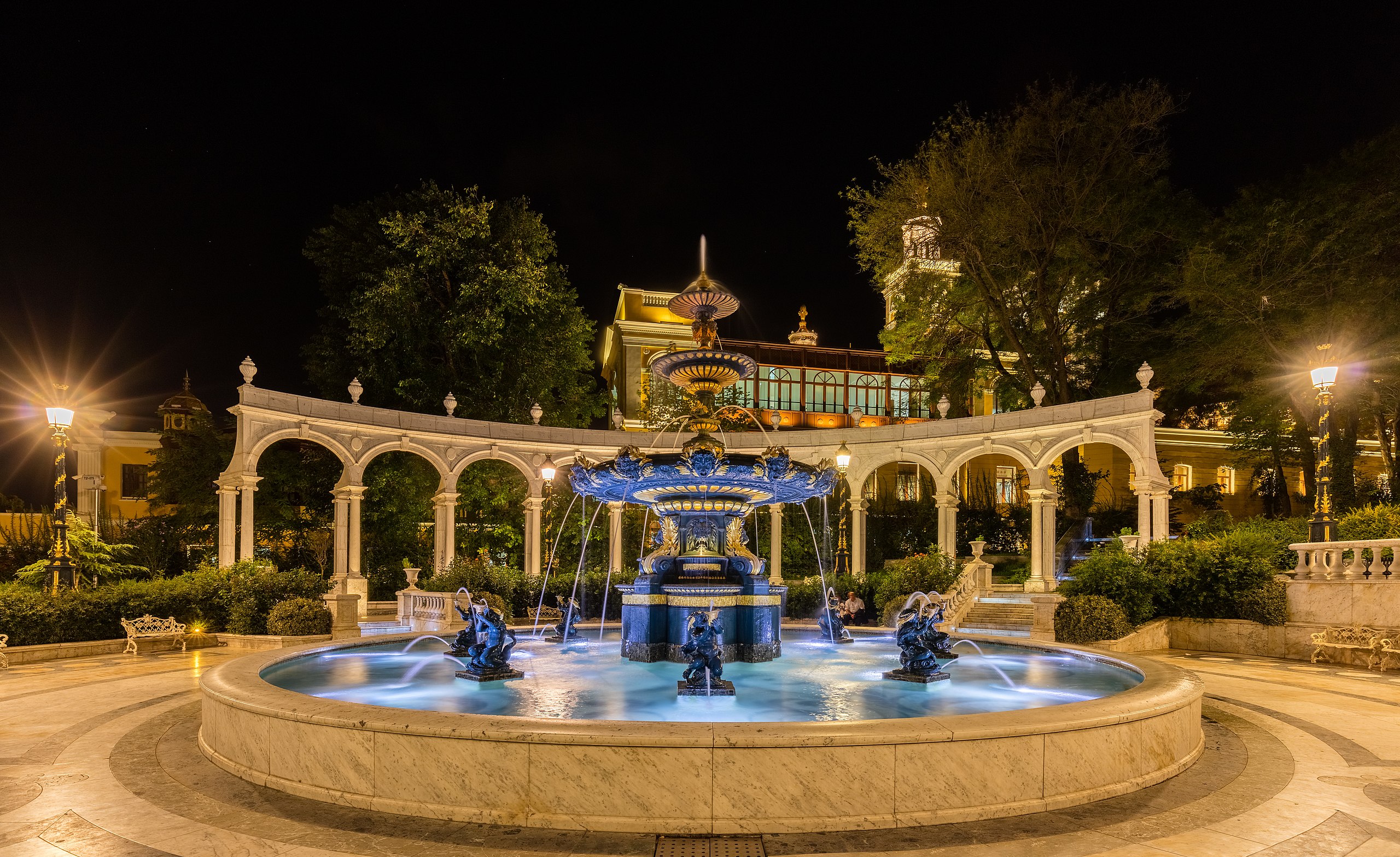
FOUNTAIN IN BAKU, AZERBAIJAN
SOURCE: WIKIPEDIA
In Italy, the heart of the Renaissance, some truly unique stone fountains were created. These fountains were often adorned with intricate sculptures and spouted water from their stone fountain basins.
One of the most famous Renaissance fountains is the Fontana di Trevi in Rome. This fountain is a masterpiece of Baroque architecture and sculpture. It is decorated with statues of gods, goddesses, and sea creatures.
Another famous Renaissance fountain is the Manneken Pis in Brussels. This fountain is a small, bronze statue of a naked boy urinating into the fountain’s basin. It is one of the most popular tourist attractions in Brussels.
PHOTO CREDIT: STEVEN TIJPEL
The Baroque period saw further development of the Renaissance fountain. Baroque fountains were often larger and more elaborate than Renaissance fountains. They were also more theatrical, with fountains that spouted water in a variety of ways.
One of the most famous Baroque fountains is the Fountain of Neptune in Bologna. This fountain is a large marble fountain that depicts the god Neptune riding a chariot pulled by seahorses.
Another famous Baroque fountain is the Fountain of Four Rivers in Rome. This fountain is a large, marble fountain that depicts four rivers: the Danube, the Nile, the Ganges, and the Rio de la Plata.
Today, you can still find many Renaissance and Baroque fountains around the world. These fountains are a testament to the artistic and engineering skills of the people who created them. They are also a reminder of the importance of water in human culture.
Fountains in Asia: Where Serenity Meets Splendor
Asia has a long and rich history of fountains. These fountains are found in a variety of styles, from simple to elaborate.
In India, fountains are often found in royal gardens and grand palaces. These garden fountains are often made of marble and are adorned with intricate stone carvings. They are designed to create a sense of harmony and peace.
In China, fountains are often found in classical gardens. These fountains are often made of stone and are designed to blend seamlessly with nature. They are designed to create a sense of balance and Zen.
In Japan, fountains are often made of bamboo. These fountains are known as “shishi-odoshi” or “deer scarers.” They are designed to create a rhythmic sound that scares away deer.
Today, you can find fountains in a variety of styles from all over Asia. These fountains are a reminder of the importance of water in Asian cultur e.
e.

SHISHI ODOSHI IN A ZEN GARDEN
Fountains in the Modern Era: Water, Art, and Innovation
The modern era has seen a new wave of innovation in fountain design. These fountains are often made of new materials and incorporate new technologies.
One of the most innovative modern fountains is the Bellagio Fountains in Las Vegas. These fountains are a synchronized water show that features music, lights, and water jets.
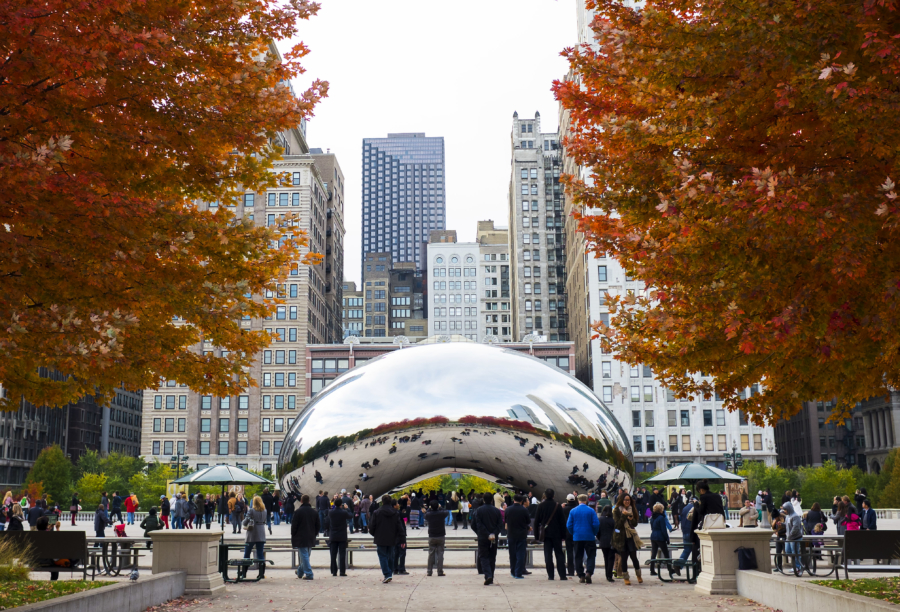
Another innovative modern fountain is the Cloud Gate in Chicago. This fountain is a large, stainless steel sculpture that resembles a giant bean. It is a popular tourist attraction and a symbol of Chicago.
Today, fountains are used in a variety of settings, from public spaces to private homes. They are a reminder of the beauty and importance of water.
Iconic Fountains: Water Gems of the World
As we near the crescendo of our fountain journey, we can’t miss out on exploring some of the most iconic fountains from around the globe. These water gems have left a lasting impression on humanity, transcending time and space.
Picture yourself at the stunning Versailles Gardens in France, standing before the majestic Neptune Fountain. Adorned with mythical sea creatures and cascading water, this grand outdoor fountain exemplifies the opulence of French royalty. It’s a breathtaking sight that will make you feel like you’ve stepped into a fairy tale.

THE FOUNTAIN OF THE COURT OF THE LIONS IN THE ALHAMBRA (14TH CENTURY)
SOURCE: WIKIPEDIA
Now, let’s travel to the mesmerizing Alhambra in Spain, where the Court of the Lions showcases an extraordinary stone fountain basin. With its intricate Islamic geometric designs, this courtyard fountain epitomizes the harmony between nature and art, leaving visitors awe-inspired by its timeless beauty.
As we venture across the ocean to the United States, we encounter the captivating Bethesda Terrace Fountain in Central Park, New York City. This two-tiered masterpiece, designed with striking sculptures and surrounded by the park’s lush greenery, serves as a beloved meeting place and symbol of community.
These iconic fountains serve as a testament to human ingenuity, artistic expression, and reverence for water’s beauty. Their allure continues to inspire artists, architects, and fountain enthusiasts around the world.
The Role of Fountains Today: Embracing Elegance and Sustainability
In the 21st century, fountains have taken on new roles, embracing both elegance and sustainability. They’re not just decorative elements; they’re statements of artistry, environmental consciousness, and urban enhancement.
In bustling city centers, contemporary outdoor fountains have become focal points, drawing people together to admire their beauty and indulge in moments of tranquility amidst the urban hustle. These urban oases feature unique stone fountains, adorned with modern materials like stainless steel or sleek glass, merging tradition with innovation.

FONTANA DELLA BARCACCIA, (1627)
Meanwhile, indoor fountains have found their way into homes, offices, and even wellness centers. An indoor fountain can create a soothing ambiance, helping you unwind after a long day and providing a respite from the stresses of life. With a variety of designs and materials, from marble fountains to chic stone fountains, you can find the perfect indoor fountain to complement your space and style
As we strive for a greener planet, fountain designers have incorporated eco-friendly technologies. Rainwater harvesting, solar-powered pumps, and efficient water recirculation systems have become integral components of modern fountains. These sustainable practices not only conserve water but also demonstrate our commitment to safeguarding the environment for future generations
Frequently Asked Questions
- WHAT IS THE OLDEST KNOWN FOUNTAIN IN HISTORY?
The oldest known fountain in history is believed to be the Fountain of Qasr Al-Azraq in Jordan, dating back to around 3,000 BCE. It showcases the ingenuity of ancient civilizations in utilizing water for practical and symbolic purposes.
- WHAT MATERIALS WERE TRADITIONALLY USED TO CONSTRUCT FOUNTAINS, AND HOW HAVE MODERN MATERIALS INFLUENCED THEIR DESIGN?
Traditional fountain materials included stone, marble, and bronze. Today, modern materials like stainless steel and glass have expanded design possibilities, allowing for innovative and striking fountain creations.
- WHAT ARE SOME ICONIC FOUNTAINS FROM AROUND THE WORLD THAT ARE STILL STANDING TODAY?
The Trevi Fountain in Rome, the Fountain of Neptune in Versailles, and the Court of the Lions in the Alhambra are some iconic fountains that have stood the test of time, captivating visitors with their timeless beauty.
PHOTO CREDIT: JAMES LEE
- WHERE CAN I FIND STONE FOUNTAINS FOR SALE OR MARBLE FOUNTAINS THAT REPLICATE HISTORICAL DESIGNS?
If you’re seeking stone fountains for sale or historical marble fountain replicas, look no further than Marbleism. They are renowned for their exquisite craftsmanship and can create faithful reproductions of iconic fountains to adorn your space
- ARE THERE FAMOUS FOUNTAIN DESIGNERS OR COMPANIES KNOWN FOR CREATING EXCEPTIONAL FOUNTAIN DESIGNS?
Artisan is a respected fountain manufacturer specializing in exceptional fountain designs. With skilled artisans and a passion for artistry, they can bring historical fountain replicas to life. Contact Artisan to embark on your fountain project together and add a touch of elegance to your space.
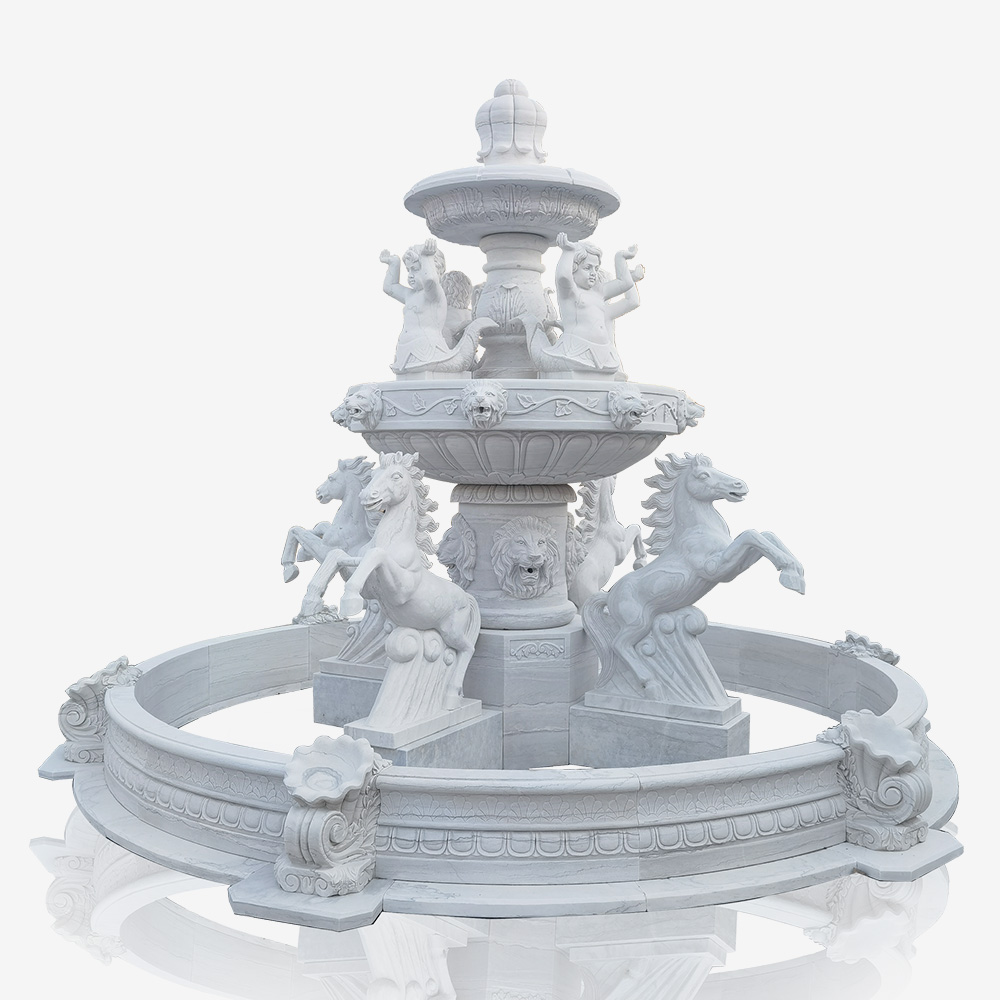
(3 Layer Marble Fountain With Horse Statues)
CONCLUSION
As we bid farewell to our fountain exploration, we must acknowledge a distinguished player in the fountain industry—Artisan. With their passion for artistic expression and expert craftsmanship, Artisan stands out as a respected fountain manufacturer capable of creating exquisite stone fountains, marble fountains, and stone fountain basins.
As you’ve journeyed through the pages of history and admired the grandeur of iconic fountains, you’ll be pleased to know that Artisan specializes in crafting faithful replicas of these historical treasures. Whether it’s a Renaissance-inspired stone fountain or an elegant Baroque marble fountain, Artisan’s skilled artisans can recreate any of these fountains on request, adding a touch of timeless elegance to any space.
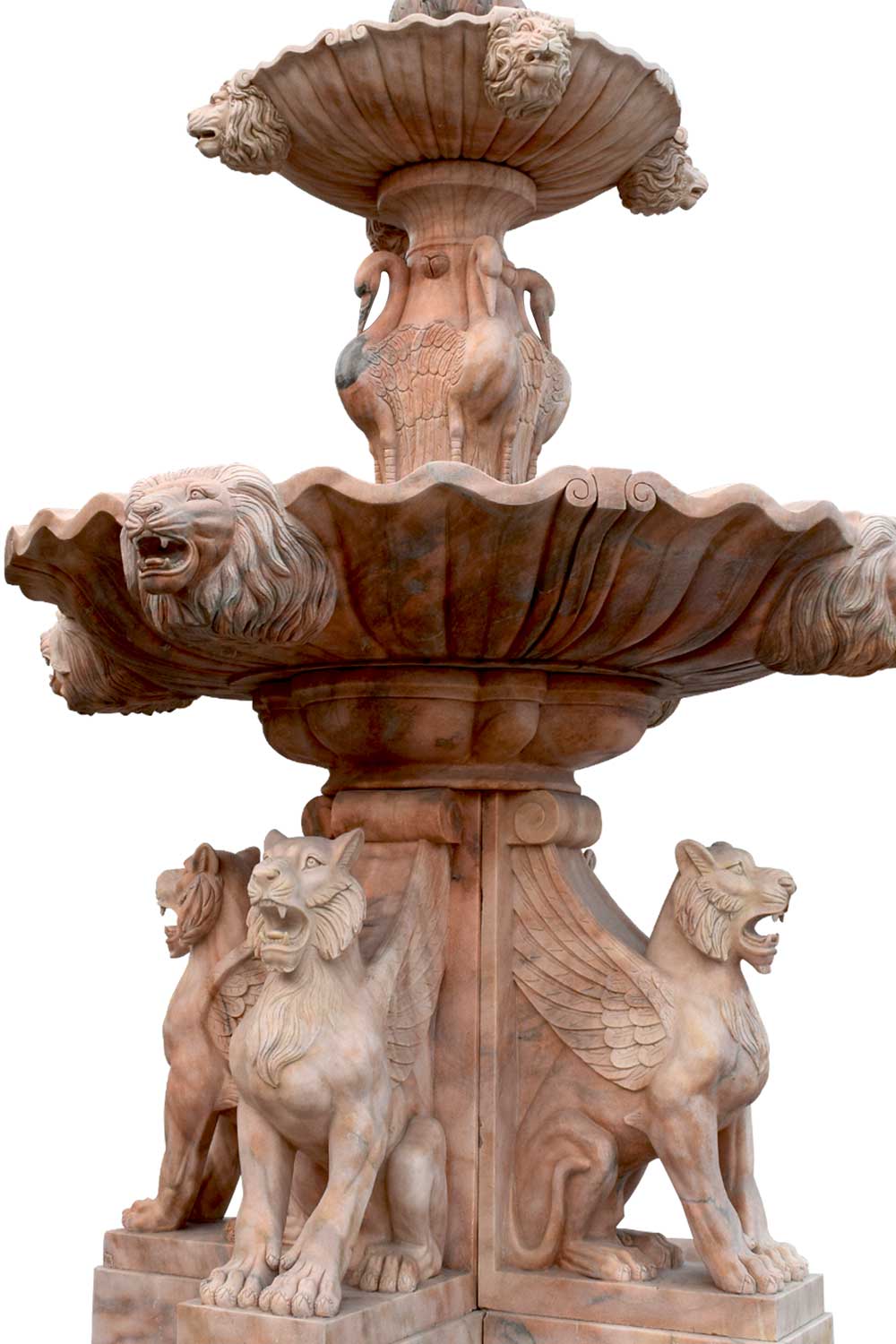
(The Lion Statues Stone Fountain)
So, if you’re on the hunt for a garden fountain for sale or an indoor fountain to create a serene oasis, look no further than Artisan . With their dedication to both beauty and sustainability, their fountains exemplify the fusion of art and innovation, bringing the enchantment of flowing water to your life.
In a world that never stops evolving, fountains remain steadfast symbols of grace and creativity. So, embrace the magic of these water wonders and let them enrich your surroundings, your spirit, and your soul. Happy fountain hunting, and may the splendor of water continue to captivate hearts for generations to come!
Post time: Sep-26-2023

